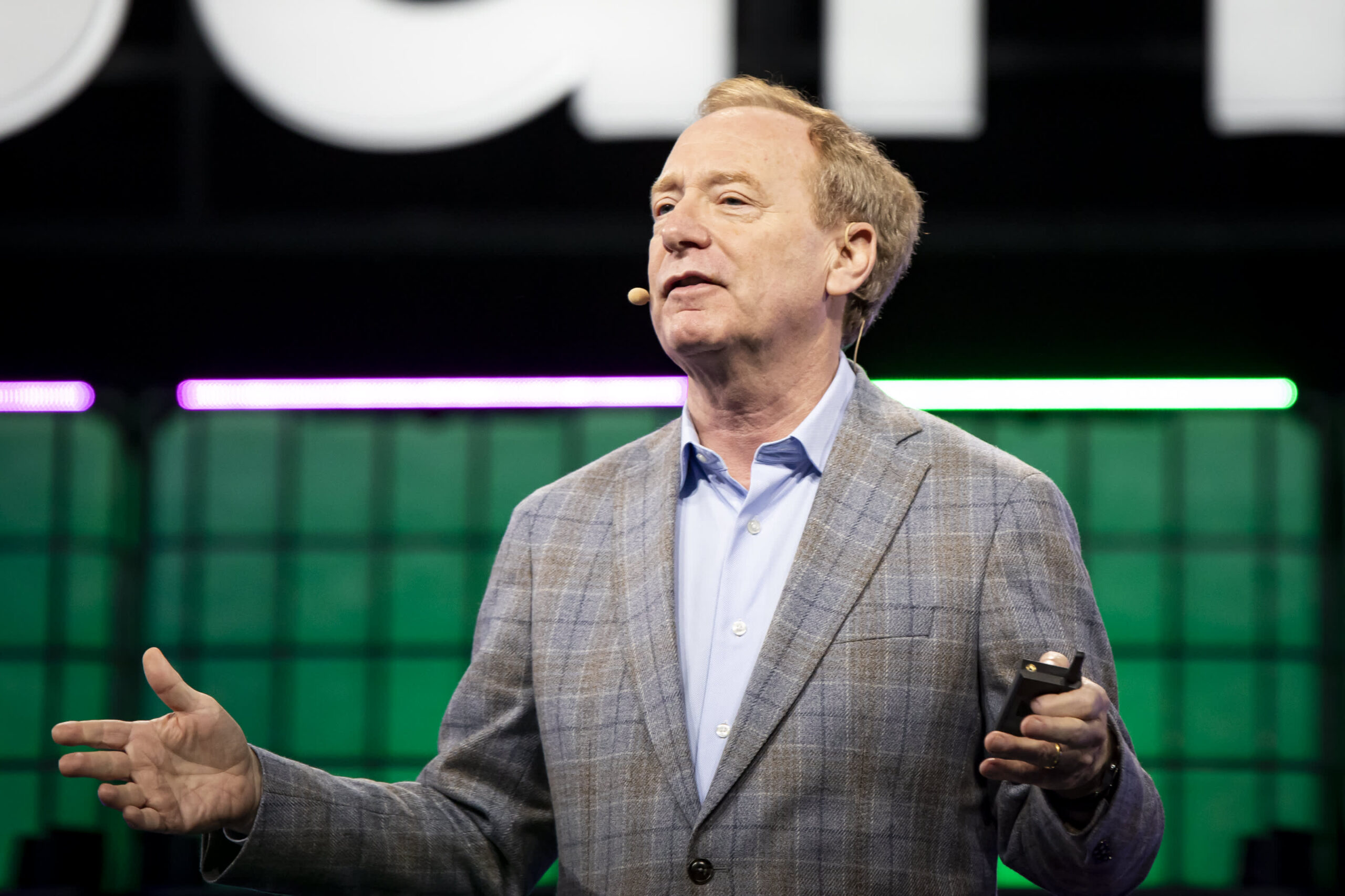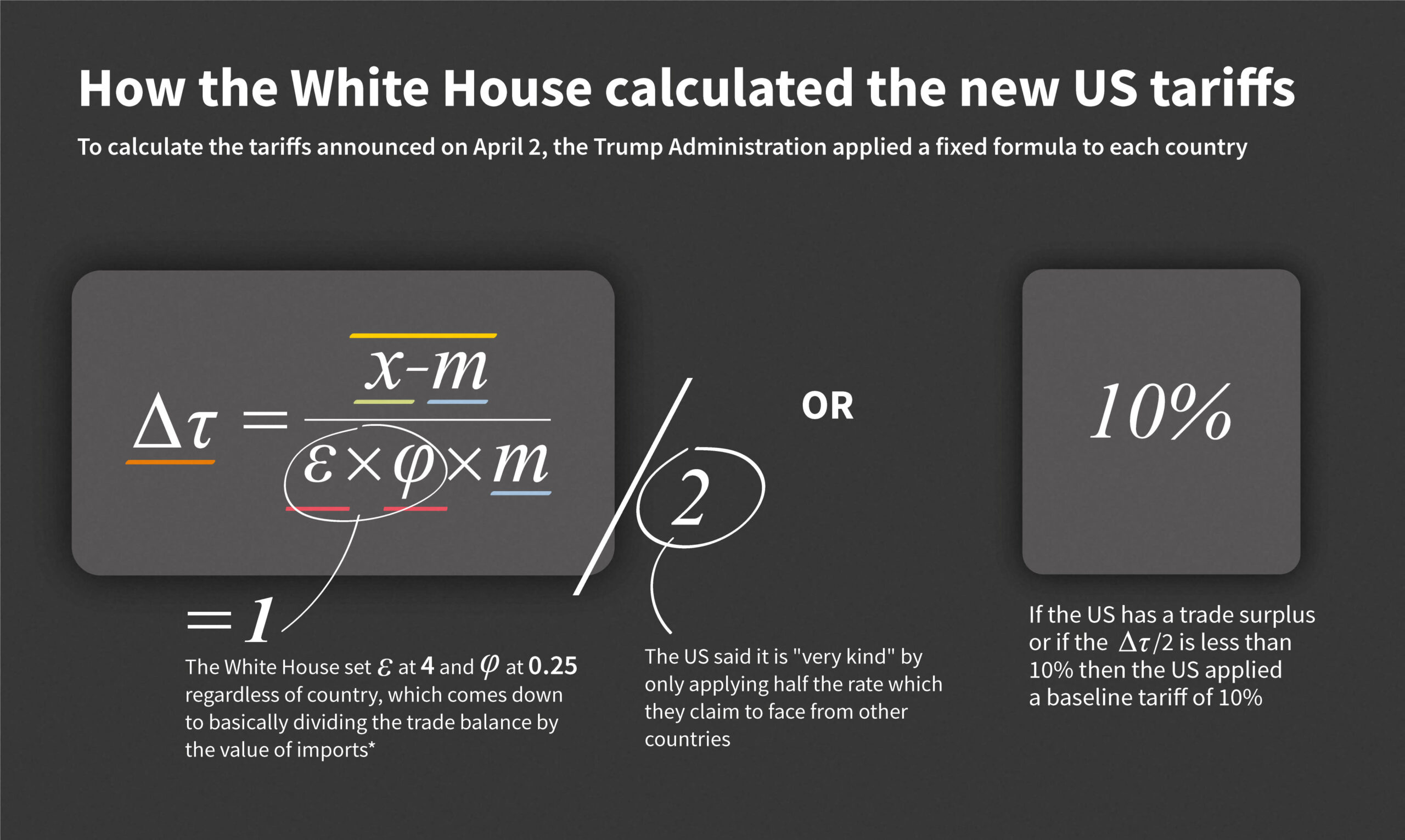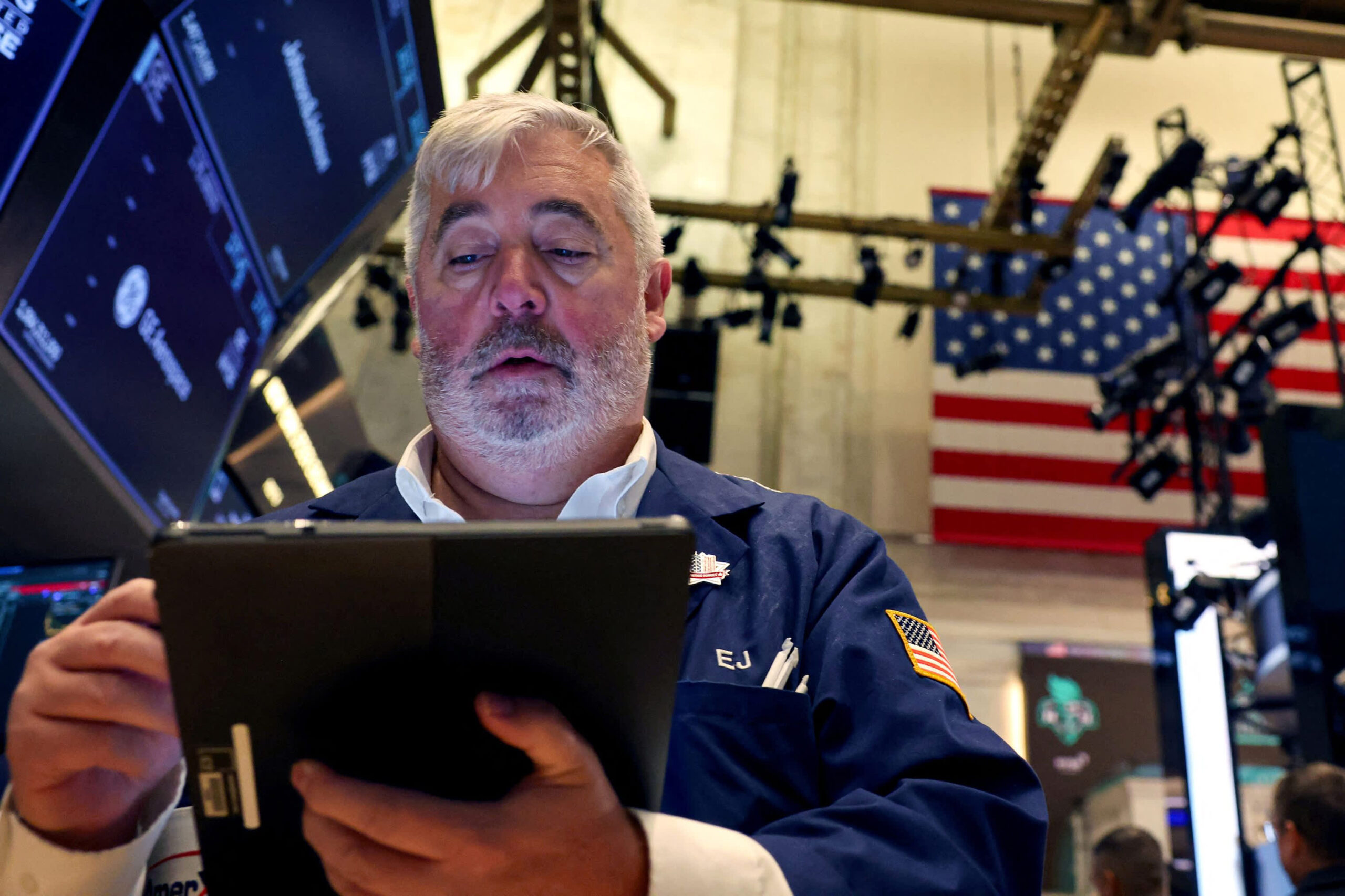SYDNEY: Australia’s central bank will likely hold its key interest rate at a 12-year high today as it tries to restrain consumer prices that have been underpinned by an ultra-tight employment market.
The Reserve Bank of Australia (RBA) will keep the cash rate at 4.35% for a fifth straight meeting, economists surveyed by Bloomberg predicted.
The decision will be released in Sydney, followed by governor Michele Bullock’s press conference.
Australia’s policy meeting follows a highly-anticipated decision by the US Federal Reserve last week, when chairman Jerome Powell signalled he wasn’t in a rush to ease monetary policy even after a soft inflation report.
Bullock is likely to draw on the same playbook by retaining her mild hawkish bias in acknowledgment of sticky consumer prices.
Bullock has retained maximum policy optionality this year, and said she needs to be confident that price growth is moving sustainably back to the 2% to 3% target and as a result the board isn’t ruling anything in or out.
The central bank forecasts inflation will only return to target late next year, an extended timeframe as it tries to hold onto post-pandemic job gains.
“We expect the RBA to comfortably maintain its somewhat hawkish hold stance,” said Carl Ang, a Singapore-based fixed income analyst at MFS Investment.
“Looking ahead, we think RBA rate cuts from early 2025 onwards strike the balance between supporting growth and controlling inflation, thus helping mitigate the risk of recession.”
That’s in line with most economists and money market pricing.
“The board is likely to consider the option of a rate hike given the stronger-than-expected April inflation data,” said economist James McIntyre.
“We still think the next rate move will be a cut, but the RBA is unlikely to start easing until later in the second half of 2024.”
Since the RBA’s last meeting, data indicate that Australia’s economy has slowed markedly, with the gross domestic product contracting on a per-person basis, while tepid retail sales reflect downbeat consumer sentiment.
Stubborn inflation and high borrowing costs are largely to blame.
At the same time, the labour market remains tight with unemployment at 4%, giving policymakers optimism that they can engineer a soft landing.
“An unambiguously strong jobs report has further strengthened our conviction in higher-for-longer,” said Micaela Fuchila of Bank of America Corp.
“While the labour market is still in great shape, the economy has continued to weaken.
‘The bank will focus on the impact of financial policy on growth and employment before thinking of easing, in our view.”
Government income tax cuts and cost-of-living rebates on power bills to Australia’s 10.4 million households will begin on July 1.
Bullock expects consumers will either save the extra cash or put it towards mortgage repayments, rather than spending.
She doesn’t anticipate the stimulus will have a material impact on the RBA’s inflation forecasts. — Bloomberg


